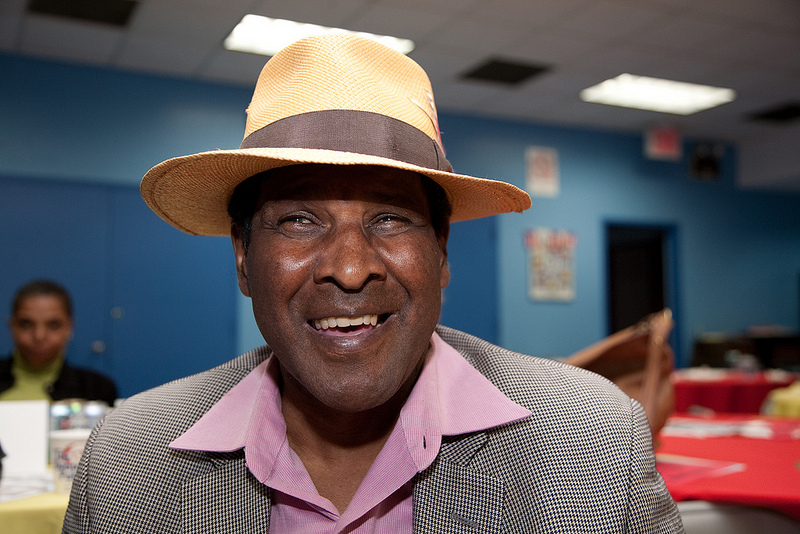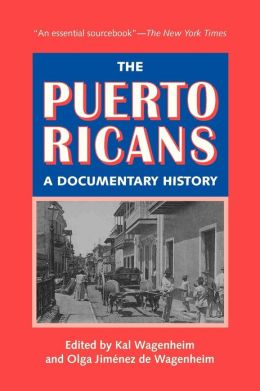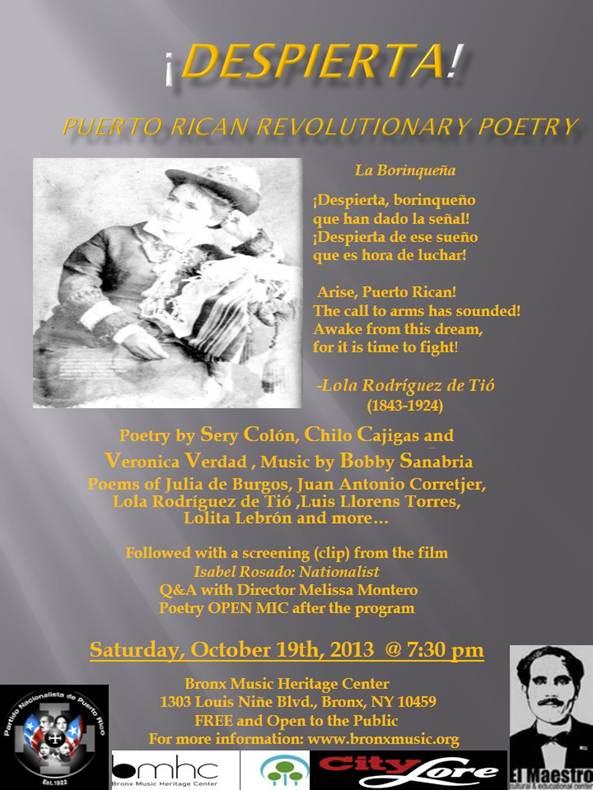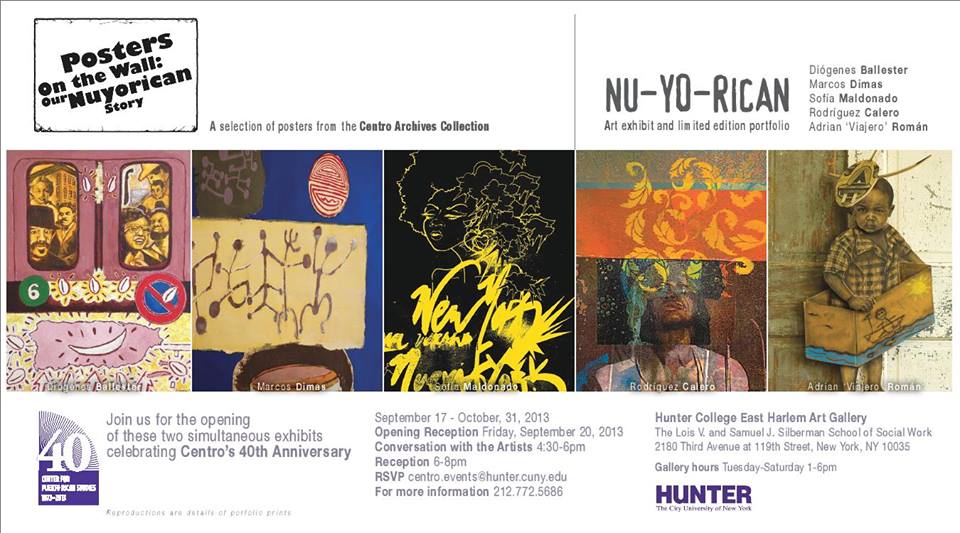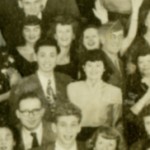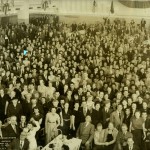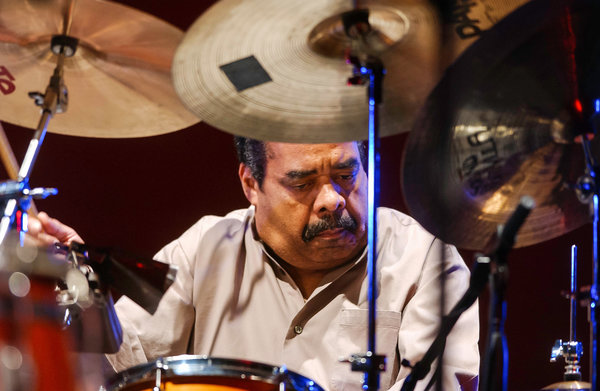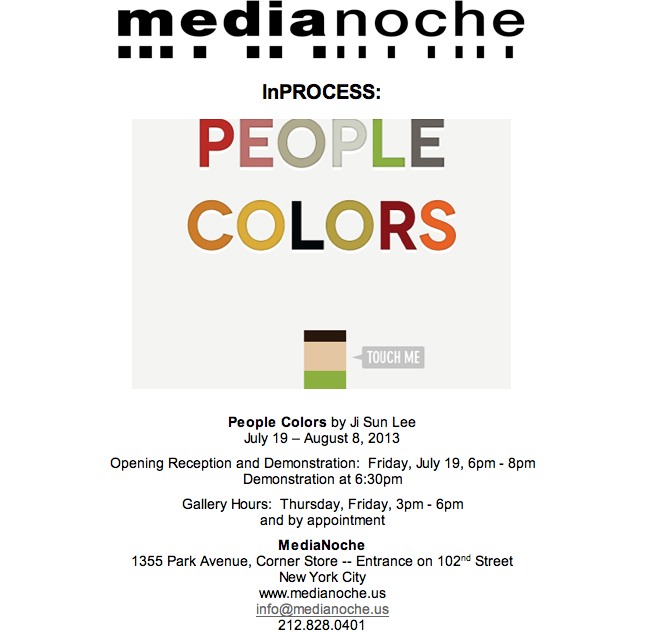Alex Rivera, Philip Kennicott debate Washington Post review of ‘Our America’
BY PHILIP KENNICOTT
November 1 at 5:58 pm
My October 25 review of a new exhibition at the Smithsonian Museum of American Art, “Our America: The Latino Presence in American Art” ignited strong reactions from some Latino artists. Several participants in a conversation on Facebook took particular exception to my claim that the show’s lack of focus was “a telling symptom of an insoluble problem: Latino art, today, is a meaningless category.” I asked the author of the original post, digital artist and filmmaker Alex Rivera, if he would like to have the conversation more publicly. He agreed, and what follows is a transcript of an email exchange over the past two days.
ALEX RIVERA: Can you explain why you used your review of this show to make a pronouncement about the entire concept of “Latino Art”? This is the sentence I’m referring to: “…an insoluble problem: Latino art, today, is a meaningless category.”
It seems to happen over and over again: when a group show like this one is mounted, critics attack the fundamental notion of looking at the work as a group. Why? The problem is that, while critics raise doubts about categories like “Latino Art,” there’s never any discussion of the absence of that work in show after show that keep groups like Latinos on the margins or excluded entirely from the American conversation. For example: the 2012 Whitney Biennial featured exactly zero Latino artists. How can that be a survey of “American Art”? Where is the questioning of that absence in publications like the Post? It seems like the absence of Latino artists is normal, not newsworthy, but the organizing of our presence causes questions about our existence.
PHILIP KENNICOTT: I called Latino Art a meaningless category for two reasons. First, I think it is so broad as to be meaningless. The exhibition I was reviewing includes work by artists of Cuban, Puerto Rican and Mexican descent, but it might just as well include artists who claim heritage in almost all of the countries in South and Central America. And is all of this art in fact linked by some, essential unifying thing? Is the art made by a Cuban exile educated in Paris somehow similar to street art made by a Mexican American in Los Angeles? Maybe, but then tell me what the link is. As a critic, you hear over and over again that artists don’t want to be pegged by their nationality, language, ethnic group or sexual identity.
The second reason I said it was that the curators seem to argue exactly that: They insist that the show isn’t about labeling, isn’t about defining anything essential about the category of Latino art. As a critic, you begin to wonder why bother doing these group shows if the ultimate intent (and a desirable one) is to place the focus back on individual artists, and individual art works, rather than the group identity that everyone seems to resist? Make the show more specific, perhaps more limited, with a more specific argument, and use the best art and artists from this larger show to make a point you can stand by.
I take your point about the absence of Latino artists in many exhibitions, though one of the best shows I’ve seen recently that attempted to negotiate the idea of group identity, the National Portrait Gallery’s “Hide/Seek” devoted to gay artists, had a robust representation of art by Latinos.
AR: I should have mentioned in my first message: I wish you’d had a better time at the museum! Reading your comments, a question comes to mind: do you find “Latino Art” meaningless, or do you find the notion of “Latino” meaningless? I ask because I understand your observation that there’s a lot of diversity within the imagined community of “Latinos.” But what big grouping of people doesn’t embody diversity and conflict within itself? I imagine you regularly review shows in museums of “American Art,” but never spend the review space critiquing the concept of “American” (which is more broad than the category “Latino”).
Why attack categories like “Latino” when they’re used pro-actively to organize a show, while other vague categories are left unquestioned? In terms of what unites Latino artists, well… It might be aesthetics that one way or another trace back to distant Spanish and Indigenous influence. It might be an engagement with questions of assimilation in the U.S. or of migration or exile. It could be none of these. But one strong glue that unites the community of Latino artists I know is awareness that we’re still “outsiders” in spaces which claim to speak for the nation. Isn’t long-standing absence enough ‘glue’ to make this survey of Latino Art at the Smithsonian a worthy endeavor?
PK: You ask if it’s Latino art I find meaningless, or “the notion of ‘Latino’” art? Emphatically the latter, and if that wasn’t clear in my review, then I should have been more careful. I say that I enjoy much of the art on display, only I wish it was better presented, better contextualized, better focused. What I grappled with is the use of the label—“Our America: The Latino Presence in American Art”—in a show that doesn’t seem to want to define or even accept the validity of that label. You give one possible avenue for finding meaning in the category: the origins of some of the visual material in the “distant Spanish and Indigenous influence.” I think that would be an interesting way to focus an exhibition. And I gave some other possibilities: One would be looking at the wonderfully provocative and visually incisive Chicano art movement of the 1960s and 70s.
But you see, we’re already whittling a big category down to smaller ones. That’s a healthy thing, I’d argue, forcing people to think about real connections, not simply labels. Again, I point out that my problem with the label has a lot to do with how many Latino artists resist it… just as many African-American artists resist being labeled, and so too gay artists. I remember a recent show in Washington called “30 Americans” which looked at three decades of recent African-American art. Again, the catalog writers went through the usual contortions of saying that they didn’t want to imply that these artists had anything in common, stylistically, or in terms of content or approach, simply by virtue of being African American. Very similar to the intellectual contortions surrounding the Smithsonian’s Latino Presence show. The difference, however, is that the content of “30 Americans” at least had a common sensibility, and tone, and often stylistic approach. Whether or not that was because the artists were African American, or because the show was derived from a single private collection, didn’t matter. The important thing was a sense that the show had a focus.
That was what was lacking in the Smithsonian exhibition. Let me ask a question: Do you think it’s enough that a major show of Latino art at the Smithsonian can only be summarized as having included a lot of art by Latinos? Is rectifying the absence you speak of all that matters, or should it have also been a good show in traditional museum terms (ie., with focus, an argument, a scholarly component)?
AR: Apologies for any confusion. To be clearer, you explained that you find “Latino Art” a meaningless category because it is broad (encompassing Chicano, Cuban, Puerto Rican artists, etc.). So, I was curious if it was not “Latino Art” that you had trouble with, but the simpler notion of “Latino” as an identity category at all. That’s what I meant to suggest – that perhaps you don’t find grouping together tens of millions of people in this way helpful. And if you don’t see the commonality of experience in that imagined community, then of course a survey of our artistic output would seem a fruitless exercise.
And so… Do you think “Latino” is a useful category for thinking about people? Does it illuminate anything about history or just confound? If not, what do we call ourselves? If so, why can’t we have something called “Latino Art”? Finally, in answer to your questions about whether this particular show at the Smithsonian need be a “good show” as well as a simple manifestation of presence… Well, of course I’m going to say “yes.” The trouble is that the metric of “good” is always subjective and questions of “quality” are hard to get at when the argument is shifted to whether or not the fundamental organizing concepts have any merit or not. If your review had contrasted the qualities of this survey of Latino art with others, focused on the strengths and weaknesses of particular aspects of the show, and accepted that there needs to be a presence of something called “Latino Art” in a museum like the Smithsonian, I probably wouldn’t have gone nuts on Facebook.
PK: As a demographic category I’m sure Latino is useful, and I don’t want to suggest that the category isn’t meaningful for people who embrace it. As a gay man I find the category “gay” meaningful even though many younger people who might have embraced it a decade ago now reject it. Identity is deeply personal and something we construct. But demographic categories aren’t necessarily useful for explaining habits, preferences and behavior. “Latino shoe preference” or “gay driving habits” don’t really refer to useful ideas, do they?
The question posed here is whether Latino is useful for explaining something interesting about art. Here’s some text from the “Our America” catalog essay by Carmen Ramos: “Latino art is an imperfect composite construct that traditionally refers to the art of Mexican Americans/Chicanos, Puerto Ricans, Cuban Americans, and more recent arrivals such as Dominicans. These demographics, however, are by no means settled or clear-cut. Nor can one term adequately shoulder the divergent histories it seeks to contain. I use the term ‘Latino art’ not as a sign of cultural essence but as an indicator of descent, shared experience, and art historical marginalization.”
So from the very beginning we have curatorial acknowledgement that the category is “an imperfect composite construct” and isn’t “settled or clear cut” and it can’t “shoulder the divergent histories” it seeks to contain. And the work it is supposedly able to do–indicator of descent, shared experience and art historical marginalization–is in fact so broad that it can’t really focus the exhibition. The last two of these subcategories in the definition Ramos offers–shared experience and art historical marginalization–are more useful than the first–indicator of descent–and they would offer grounds for a better exhibition. But it would have to be much better focused than what is on display at the Smithsonian.
As for your argument that “there needs to be a presence of something called “Latino Art” in a museum like the Smithsonian” I would agree… if we insert one word: “Great.” There absolutely needs to be a better representation of great Latino art in a museum like the Smithsonian. And many of the pieces in the exhibition I reviewed qualify for that inclusion.
AR: Well, for starters, I agree that “Latino shoe preference” is not a meaningful category, so we can at least agree on that!
(But I bet readers involved in marketing shoes would disagree.)
I also agree that how we identify is a personal decision. And that “Latino” is a big, unruly way to categorize people. Like “American.”
But here’s the rub: the review you wrote sparked heated reactions among some Latino artists, in part, because we’re very used to reading reviews like it.
Take this review in The New York Times of “Phantom Sightings,” an exhibition of post-Chicano art, which starts with the line: “Is it time to retire the identity-based group show?”
Or this mention in The Times of a show featuring an American majority – women – whose work somehow rarely makes it into American museums: “Sexism is probably a good enough explanation for inequities in the market. But might it also have something to do with the nature of the art that women tend to make?”
Time and again reviews of shows that feature work of “minority groups” (who are in many instances majorities in cities where the art world thrives, but whatever) become the occasion not to talk about the show at hand, but to attack the fundamental gesture of curating shows featuring our work.
We read these reviews against the backdrop of media silence which has for decades enabled our erasure from spaces like museums and galleries. In your review, you took an angle which attacked not the show at hand – but the entire meaning of “Latino Art” as a category. A good portion was also spent on critiquing the general direction of the institution of the Smithsonian.
I don’t doubt the show is imperfect, and worthy of critique. I don’t doubt that the show is broad in nature. But in the future I hope to read reviews that take me into the show, on the show’s terms. Reviews that help me understand what specifically works and what doesn’t. And reviews that accept as a starting point that presenting the work of people who inhabit big categories like “Latino Artists” is vital and urgent.
Alex Rivera is a digital media artist and filmmaker, best known for his Sundance award-winning feature film “Sleep Dealer.” His film and digital media work has been screened at The Berlin International Film Festival, the Museum of Modern Art, The Guggenheim, The Getty, Museum, Lincoln Center, PBS, and other international venues.
Philip Kennicott is chief art critic of The Washington Post.
